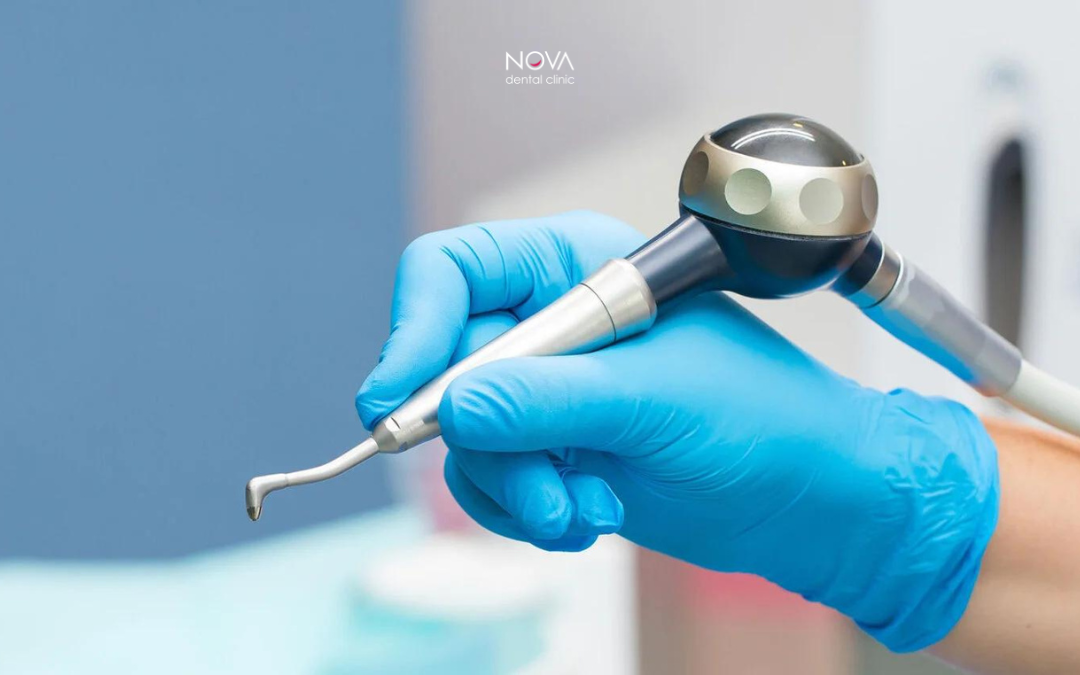
Get ready – the Tooth Fairy is coming to visit!
The shedding of primary teeth has long been considered a milestone in a child’s development. Often coinciding with school enrollment, this celebratory event is frequently accompanied by rewards or small gifts. In many cases, the first baby teeth fall out unexpectedly!
However, sometimes these teeth are stubbornly retained, and professional dental assistance is required.
Dental procedures can cause anxiety not only in young patients but also in their parents. Since children are often more sensitive to clinical settings – including the white coats, unfamiliar sounds, and smells of a dental office – it is essential to prepare your child for the visit. One of the most common reasons children are brought to the dentist is for tooth extraction. Whether it’s a naturally loosened primary tooth or a decayed tooth that requires removal, parents often want to know how to best support their child throughout the process.
Below, we’ll explore what pediatric tooth extraction involves, when it’s necessary, and how to prepare your child for the procedure.
When is tooth extraction necessary in children?
Tooth extraction in pediatric patients typically occurs in two scenarios:
- Physiological exfoliation of primary teeth:
During normal growth and dental development, children naturally shed their primary teeth to make way for permanent teeth. This typically occurs between the ages of 6 and 12. - Extraction due to dental pathology:
In some cases, extraction is medically indicated for teeth that are extensively decayed, infected, or otherwise non-restorable.
How to prepare your child for a tooth extraction?
If your child needs a tooth removed for medical reasons, preparation is key to reducing fear and discomfort. Here are some tips:
- Talk to your child:
Explain the process using age-appropriate and reassuring language. Avoid using negative or alarming words. Keeping the explanation simple and positive can help minimize anxiety. - Trust the dental professional:
In medically indicated extractions, the dentist will administer a local anesthetic to ensure the area is numb and the procedure is pain-free. - Offer motivation and rewards:
Promising a reward or visit to a favorite play area afterward can be a strong motivator for cooperation. Praising your child for bravery and delivering the promised reward creates a positive association with dental visits.
What does the extraction process look like?
The procedure is generally quick and straightforward, especially when the primary tooth is already mobile. If the tooth is not sufficiently loose, a local anesthetic will be used to ensure the child feels no pain. For permanent teeth or more complex cases, the extraction may involve additional steps, but anesthesia ensures the procedure remains comfortable.
In all cases, the pediatric dentist will strive to maintain a calm, reassuring environment and ensure the child feels secure throughout the procedure.
How to overcome the fear of extractions?
Dental anxiety is common in children. It’s important to approach the experience with empathy and patience. Regular dental check-ups before any issues arise can help establish trust. When children experience positive, pain-free visits, they are more likely to view dental care with confidence rather than fear.
Conclusion
Tooth extraction in children is usually a routine procedure and, with proper preparation, doesn’t have to be a stressful experience for the child or parent. The key to a successful outcome lies in clear communication, emotional support, and the expertise of a qualified pediatric dentist.
With the right approach, tooth extraction can be a safe, pain-free, and even memorable experience for your child.
If you’d like to learn more, book an appointment for your little ones and make their visit to the dentist a positive and unforgettable one!











